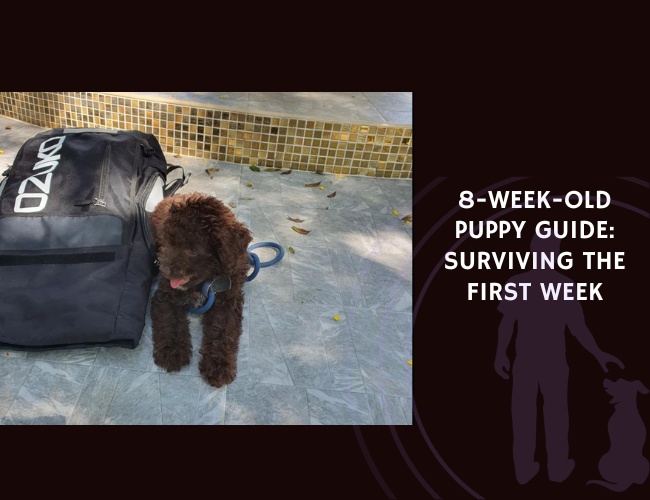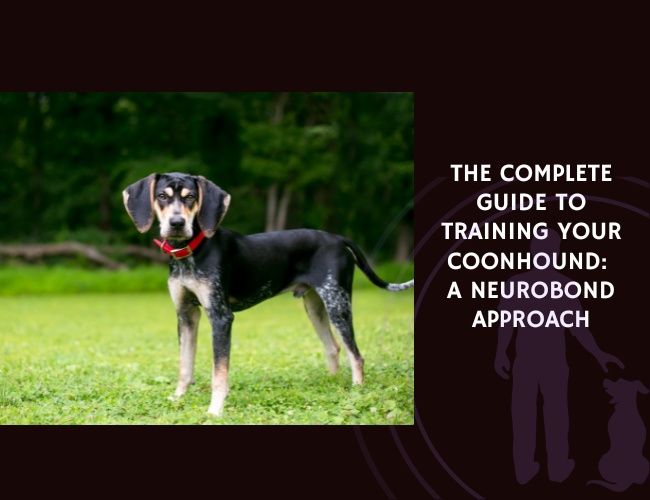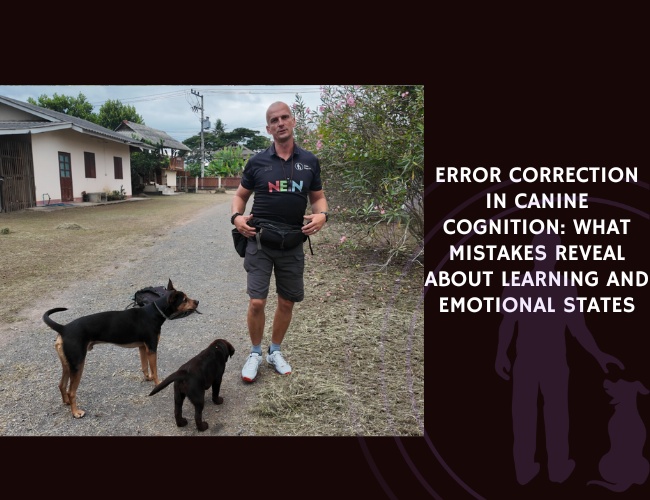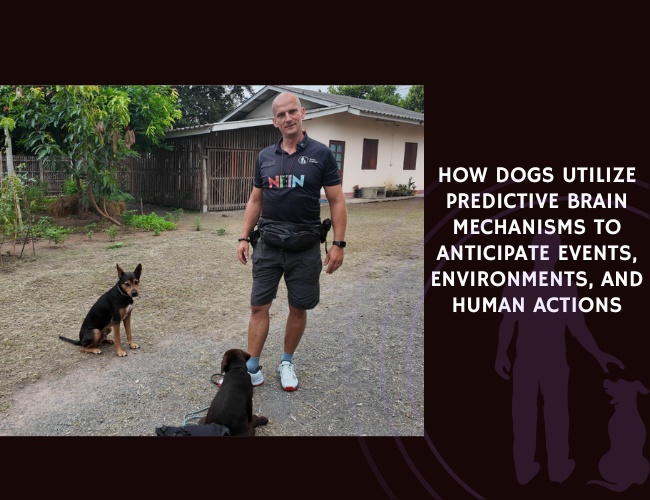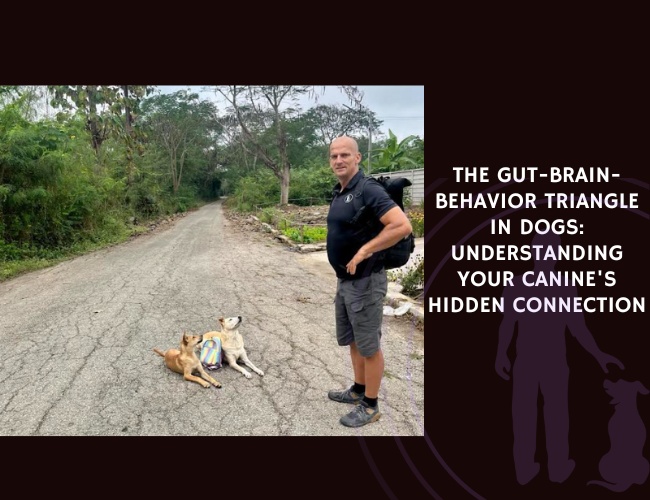Introduction: Your New Puppy Journey Begins
Bringing home an 8-week-old puppy is an experience filled with joy, anticipation, and a touch of uncertainty. It’s natural to feel both excited and a little nervous as you prepare for your new family member. Your puppy is entering a world that is completely new, and your support during these first few days will shape their future happiness and confidence.
Navigating New Beginnings
At 8 weeks, your puppy is in a critical phase of development. This is the peak socialization period—a window lasting from 7 to 12 weeks—where puppies form essential bonds and learn about their environment. They’re eager to explore, but also highly sensitive to new sights, sounds, and even scents. Imagine leaving your family and moving to a totally different place; your puppy is going through just that! Understanding this stage means you’ll be prepared to handle your puppy’s needs and emotions with patience and empathy.
Looking Ahead: Challenges and Triumphs
The first week will be a whirlwind. Expect a mix of adorable moments and real challenges. You might notice your puppy feeling anxious, having disrupted sleep, or struggling with accidents around the house. These are not signs of failure—they’re completely normal. Your role is to create a safe, nurturing environment and keep routines gentle and predictable. Celebrate the small wins (like that first successful potty outing!), and remember that progress, not perfection, is the goal.
Every moment this week—whether sweet or chaotic—is a building block for your lifelong bond. The steps you take now lay the groundwork for your puppy’s health, behavior, and trust in you. So take a deep breath, offer lots of cuddles, and enjoy these early days together.
Understanding Your 8-Week-Old Puppy’s Development
The Critical Window for Socialization
At 8 weeks, your puppy is entering a truly important phase called the critical socialization period. This stage, spanning from 7 to 12 weeks, is when puppies are primed for learning about the world and forming strong bonds with humans and other animals. Experiences during these few weeks will help shape your puppy’s confidence, temperament, and reactions throughout life. Exposure to gentle touch, different sounds, and kind faces will build trust and help prevent fear-based behaviors in adulthood.
Rapid Brain and Sensory System Growth
Your puppy’s brain and senses are working overtime right now! Their little minds absorb information at an amazing rate. Sight, smell, hearing, and touch are all racing to catch up with a quickly developing brain. You’ll notice your puppy exploring everything—sniffing, listening, and watching with curiosity. Every play session or cuddle is a chance for them to learn what’s safe, what’s fun, and what brings comfort.
Transition Stress: From Littermate to Loved One
Leaving the warmth of their mother and littermates is a huge adjustment for any puppy. During this transition, it’s common to see signs of stress such as whining, extra sleepiness, or even confusion about where to potty. This stage is a sensitive time, so extra patience is key. Make sure your home feels safe and predictable, and provide comfort with soft bedding and gentle routines. Your calm presence teaches your puppy that their new life is full of care and security.
By focusing on understanding these early developmental needs, you lay the groundwork for happier days ahead. Your awareness now helps your puppy feel safe and loved, ready to tackle new experiences with confidence.
Common Challenges During the First Week
Stress and Anxiety in a New Home
The first week at home can be a whirlwind of emotions for your puppy. Leaving behind their mother and siblings triggers natural stress. You might notice whining, pacing, or clinging to you—these are signs of anxiety as your puppy adjusts to new sights, sounds, and smells. This is perfectly normal, but remember to offer comfort without overwhelming them. A calm presence and gentle words help build their confidence, letting them know you’re a safe person.
Creating a predictable routine can ease some of this nervousness. Give your puppy space to retreat—like a cozy crate or playpen—when they feel overwhelmed. Keep early days quiet, limit visitors, and avoid loud noises. Overstimulation during this sensitive period can delay settling in and add to stress.
Sleep Disruption and Adjusting Expectations
Your puppy needs lots of rest—18-20 hours daily! However, expect plenty of short naps and frequent waking, especially at night. Puppies have lighter sleep cycles and may cry or become restless due to separation anxiety or a need to go potty.
Try to match your puppy’s rhythm by providing a soft bed in a quiet area. Allow needed nighttime potty breaks and keep lights dim. Remember, patience is key. Both you and your puppy will adjust to a new sleep routine over several days.
Toilet Training Setbacks and Fearful Behaviors
Accidents are normal this week—don’t worry! Your puppy is learning where and when to potty. Setbacks are common, especially with all the new experiences. Rather than scolding, respond to accidents calmly and clean up thoroughly. Consistency is your best friend; regular potty breaks, especially after eating, playing, or waking, help reinforce good habits.
It’s also usual for your puppy to show fear-based actions. Freezing up, whining, or even submissive urination might occur around new objects or loud noises. Avoid forcing new interactions and offer lots of encouragement when your puppy explores.
With time, a predictable environment helps your puppy gain confidence and settle in more quickly. This foundation of patience and support will help your puppy thrive as you continue your journey together.
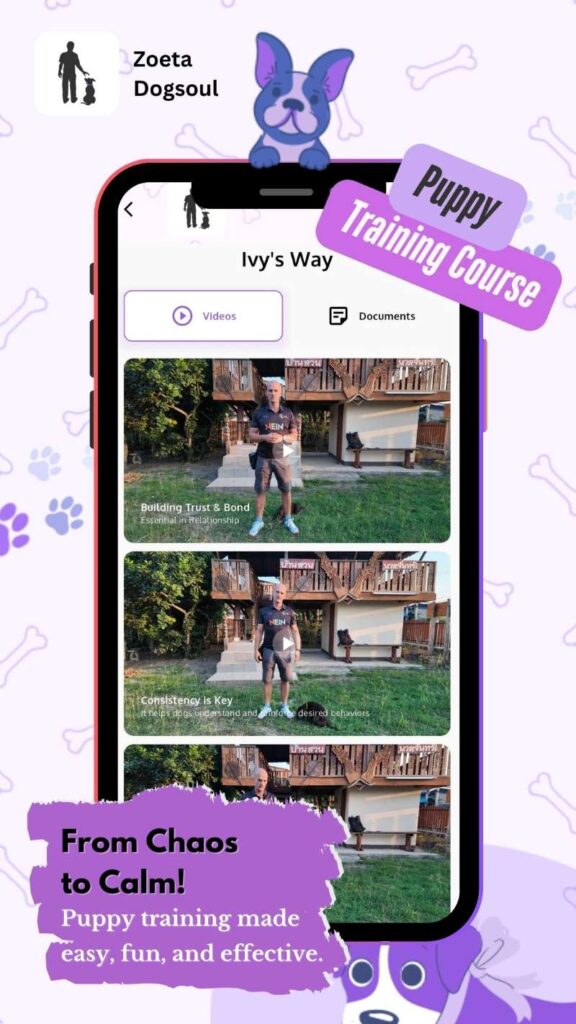
Creating a Safe and Welcoming Home Environment
Creating a Puppy Zone
Start by setting up a calm and cozy space where your puppy can relax. Choose a quiet spot away from busy household traffic, and use a crate or playpen for boundaries. Add soft bedding and a few safe toys for comfort. Your puppy’s designated zone acts as a little sanctuary where they feel secure, especially when the world outside feels overwhelming.
This area should be accessible and consistent. Every time your puppy feels unsure, you can guide them to this space. It’s a small but meaningful way to help them build confidence in their new home.
Puppy-Proofing Essentials
Puppies explore with their noses, mouths, and paws. Safety is your top priority. Walk through your home at your puppy’s eye level and remove anything that could be a hazard. This includes electrical cords, shoes, and small objects that could be swallowed. Houseplants can be toxic, so keep them out of reach. Close doors to off-limits rooms and use baby gates if necessary.
Store cleaning supplies, medications, and chemicals in secure cabinets. Always put away laundry, trash, and any food that might tempt a curious puppy. Prevention now saves stress later—trust us, your slippers will thank you! 😊
Environmental Management
Small changes can make a big difference in keeping your puppy calm. Keep the temperature comfortable and consistent around 20°C. Avoid cold drafts and direct hot sun. Use gentle, steady lighting—dim lights at night to signal bedtime.
Noise can be scary for little ones. If your home is busy, consider playing soft white noise to mask loud or startling sounds. This helps reduce anxiety and allows for better sleep. Staying proactive with your puppy’s environment sets them up to thrive.
With a thoughtful setup, your puppy will feel right at home. This creates a stable launching pad for your new adventures together.
Building a Strong Bond with Your Puppy
Gentle Handling and Calm Communication
The first week with your puppy is all about building trust. Start every interaction with gentle handling. Move slowly, always using soft hands when picking up or petting your puppy. Speak in a calm, reassuring voice, even when your puppy is wiggling with excitement—or worry. This gentle approach helps your puppy feel safe and sparks the beginning of a strong relationship.
If your puppy seems nervous, sit beside them and just be present. Let them come to you in their own time. Avoid quick movements or loud noises. These moments of quiet connection go far in teaching your puppy that you are a source of comfort.
Hand-Feeding to Build Positive Associations
Hand-feeding a portion of your puppy’s meals is a great way to foster trust. Offer small pieces of their puppy food from your hand while speaking softly. This creates positive associations with both you and the act of eating.
Benefits of hand-feeding:
- Encourages your puppy to focus on you
- Strengthens the bond through gentle interaction
- Helps shy puppies gain confidence
Keep sessions short and relaxed. It is not about feeding a full meal by hand, but about turning mealtime into a team activity.
Name Recognition Games and Avoiding Overstimulation
Helping your puppy learn their name can be fun! Every time your puppy looks at you after you say their name, reward them with a treat or loving praise. Try this:
- Say your puppy’s name in a happy tone.
- When they turn to look, reward them right away.
- Keep sessions brief—about 3-5 minutes.
Remember, puppies tire quickly. Short, positive sessions help them learn without becoming overwhelmed. Avoid inviting too many visitors or handling your puppy constantly. Too much excitement can lead to stress or confusion.
Building habits of gentle handling, hand-feeding, and name recognition sets the stage for trust and teamwork—essentials for a happy life together.
Bond. Guide. Begin.
Your puppy’s world just changed completely.
They’ve left behind their littermates, mother, and everything familiar—now you’re their new anchor. These early days are about more than cute cuddles: they set the tone for trust, routine, and lifelong behaviour. Calm environments, gentle handling, and small routines build the safety your puppy desperately needs right now.
Your home feels big, loud, and unknown to your puppy.
Help them adjust by creating structure: fixed feeding times, consistent potty breaks, and a quiet sleep zone. Predictability isn’t boring—it’s soothing. Keep things simple and stable, and your puppy will adapt faster, with fewer accidents and less anxiety.

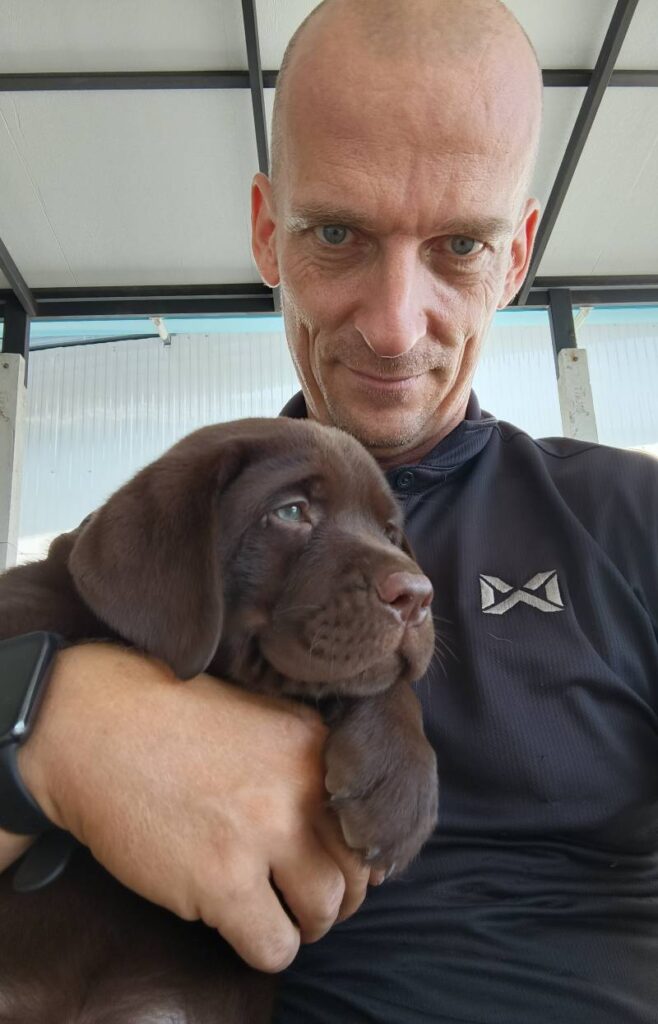
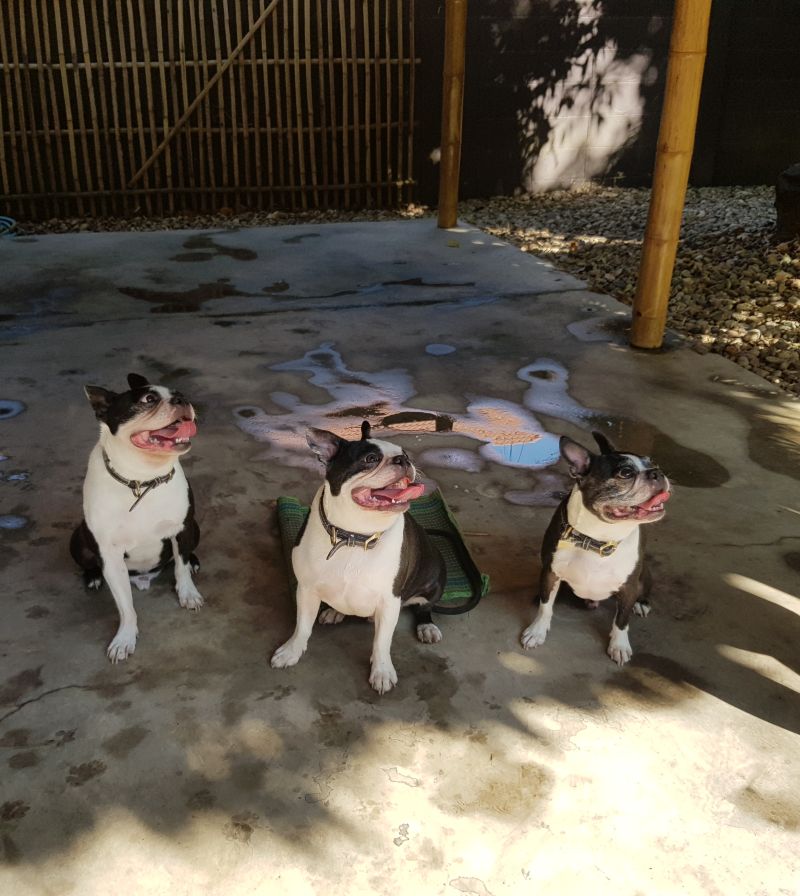
This is where your relationship begins.
Every interaction, from hand-feeding to a whispered name cue, teaches your puppy who you are—and what life with you will be like. Gentle praise, patient correction, and emotional presence build more than good behaviour: they create lifelong connection.
Essential Training Foundations
Making Crate Training a Happy Place
The crate can be your puppy’s safe haven when handled with care. Start by placing cozy bedding, a favorite toy, and tasty treats inside. Encourage your puppy to explore the crate on their own. Never force them inside. Keep the door open at first while they sniff and investigate. Offer gentle praise and small treats whenever your puppy steps in. Soon, your puppy will link the crate to comfort, not isolation.
Open and close the crate door for short periods at a time, gradually increasing duration. Aim for calm, quiet moments—try placing your puppy in the crate for short naps or after a play session. If your puppy whines, wait until they’re quiet before opening the door. This teaches patience and trust.
Setting Up Reliable Potty Training
Consistent potty training prevents stress and messes. Take your puppy out every 1-2 hours, and always after waking, eating, or playing. Pick a “potty spot” outdoors and lead your puppy there every time. When they finish, use an upbeat voice—“Good potty!”—and reward immediately with a treat.
Expect accidents at this age. Never punish your puppy for an accident. Instead, clean up thoroughly and stick to your routine. Over time, your puppy will start to understand.
Introducing Positive Reinforcement and Marker Training
Your puppy thrives on kind guidance. Positive reinforcement means offering treats, praise, or toys for good behavior. Whenever your puppy does something right—like sitting or walking into the crate—mark the moment with a happy “Yes!” or a clicker.
Practice short, simple training sessions. Focus on rewarding the behaviors you want and ignore missteps. This builds your puppy’s confidence and strengthens your bond.
Foundational training is about creating positive, stress-free learning experiences. These gentle steps help your puppy feel secure as they settle into their new world. 😊
Nutrition and Feeding Guidelines
Choosing High-Quality Puppy Food
Your 8-week-old puppy needs food that supports growth and is right for their age and breed. Go for a puppy food labeled as “complete and balanced” for puppies. Check if it’s formulated for their breed size—large breeds need slightly different nutrition than toy or small breeds. Always offer fresh, clean water. Human food or leftovers, while tempting, can upset your puppy’s sensitive stomach or even be unsafe, so stick to puppy food only.
Setting a Feeding Routine
Puppies thrive on routine. Create a meal schedule with three to four small meals spaced throughout the day. Feeding at the same times helps with digestion and toilet training. Here’s a simple feeding routine you can try:
- Breakfast: 7:00 AM
- Lunch: 12:00 PM
- Afternoon: 4:00 PM
- Dinner: 8:00 PM
This schedule gives your puppy steady energy and keeps blood sugar stable. Try not to leave food out all day, as “free-feeding” can make it harder to spot health issues and messes with toilet training.
Treat Management and Dietary Transitions
Treats are great for training but should be less than 10% of your puppy’s calories. Choose puppy-specific treats and break them into tiny bits for rewards. Suddenly changing your puppy’s food can cause tummy issues, so avoid abrupt swaps. If you must transition foods, do it gradually over a week. Start by mixing in a small amount of the new food and slowly increase it while decreasing the old food.
Establishing healthy eating habits is key for your puppy’s comfort and development. Good nutrition supports their learning, play, and overall well-being for the week ahead.
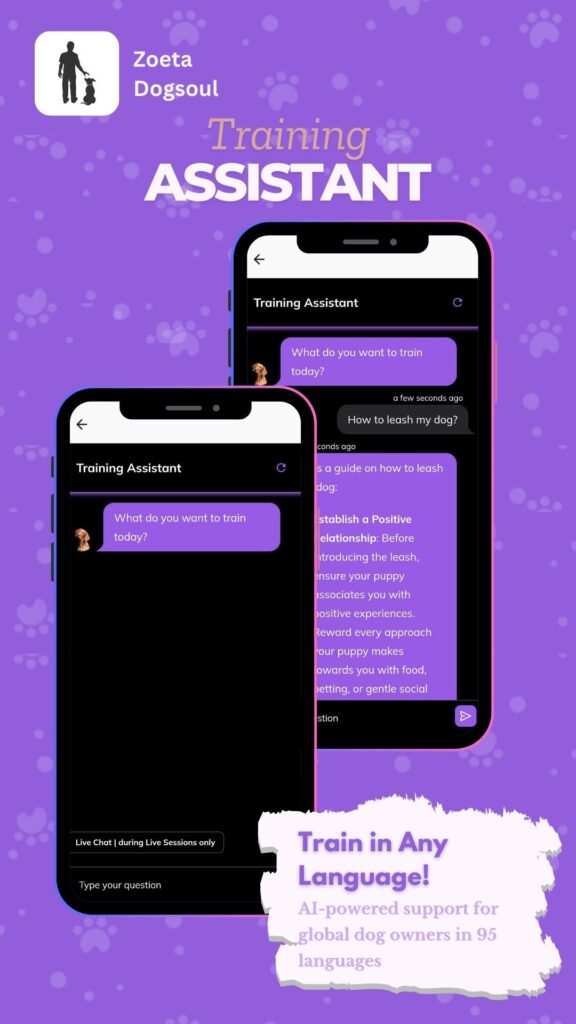
Health Priorities in the First Week
Scheduling Your Puppy’s First Vet Visit
Your new puppy’s health journey starts with a trip to the veterinarian for a full check-up. Book this visit within the first few days after your puppy comes home. At this appointment, your vet will:
- Perform a complete physical exam
- Begin vaccinations to protect against common diseases
- Administer the first round of deworming treatment
Be sure to share any observations you’ve made about your puppy’s appetite, stools, or behavior. This helps your vet spot problems early and offer tailored advice.
Talking About Parasite Prevention
Parasites can affect puppies rapidly, so prevention is essential. Discuss the following with your veterinarian:
- Deworming schedule—most puppies need repeat treatments
- Flea and tick prevention, even if your puppy doesn’t go outside much
- Ways to keep your home and yard safe from parasites
Stick to your vet’s plan—puppies’ immune systems are still developing, so early intervention matters.
Early Signs of Illness to Watch For
Puppies can become ill suddenly. Keep a close eye out for these warning signs:
- Loss of appetite or sudden changes in eating
- Vomiting or diarrhea
- Lethargy (excessive sleepiness or difficulty waking)
- Runny nose, coughing, or nasal discharge
If you notice any of these signs, call your vet right away. Quick action can make all the difference for your puppy’s recovery.
Setting Strong Health Habits
Getting into a regular routine helps your puppy feel safe and secure. Following your vet’s advice on vaccinations, parasite prevention, and watching for illness is a great way to show you care. These habits will set the stage for a healthy and happy life together.
With the basics of health care under your belt, you’ll be prepared to support your puppy’s emotional well-being during this big transition.
Meeting Your Puppy’s Emotional Needs
Creating Consistency and Security
Your puppy craves predictability. At 8 weeks old, new faces, sounds, and routines can feel scary. Set them at ease by establishing a daily schedule for meals, bathroom breaks, naps, and gentle play. Use the same spot for feeding and potty time. Repeat simple commands and follow a pattern with praise and rewards. This reliable rhythm helps your puppy feel secure and builds their trust in you.
Keep their environment calm. Too much excitement or changes can lead to whines, yelps, or clinginess. If you stick to a routine, your puppy will settle in faster, showing fewer stress behaviors. A consistent routine is like a warm hug for your puppy—offering comfort and reassurance in a brand new world.
Managing Alone Time and Isolation Anxiety
Puppies at this age are not ready to be left alone for long. Leaving them too soon can trigger anxious barking, pacing, or even destructive chewing. To help your puppy get used to solo time, start with short absences—maybe just stepping out of sight and returning with lots of calm praise. Gradually increase the time away as they build confidence.
Provide a safe, cozy puppy zone with familiar toys or a blanket that smells like you. This helps them associate alone time with safety, not fear. Avoid leaving your puppy alone for extended periods during their first week home, as this can create lifelong anxiety patterns.
Encouraging Adequate Sleep and Rest
Puppies need a surprising amount of sleep—about 18-20 hours daily. This deep rest is vital for their growth, brain development, and emotional well-being. Set up a quiet sleeping space away from loud noises, busy feet, and bright lights. Respect their need to nap after play and meals.
If your puppy wakes often at night or is restless, comfort them in a gentle, soothing voice. Keep nighttime trips outdoors calm and boring—just enough attention for them to settle back in. Remember, plenty of sleep means a happier, better-adjusted companion.
A puppy who feels secure, rested, and connected to you is ready to keep learning and forming lifelong positive habits.
Common Mistakes to Avoid
Overstimulation: Too Much, Too Soon
It is tempting to show off your adorable new puppy to friends and family, but too many visitors or too much handling can quickly overwhelm them. At eight weeks old, puppies are in a sensitive socialization phase and can become stressed by excessive noise, movement, or new faces.
Give your puppy time to settle by limiting guests and handling in the first few days. Let your puppy rest in a safe puppy zone where they can retreat when things get too much. This helps them feel secure and lowers their anxiety.
Avoid Harsh Corrections
Punishing or scolding your puppy for mistakes—like potty accidents or chewing—does more harm than good. Your puppy is still learning about the world and doesn’t understand what you expect yet.
Instead of correcting harshly, use positive reinforcement. Reward calm, desired behaviors with treats, gentle praise, or play. This creates a positive association with you and helps your puppy learn faster. Training should always feel safe and rewarding for your new companion.
Stick to Consistent Routines
Puppies feel safest when life is predictable. Skipping meals, changing nap or potty times, or being inconsistent with training confuses your puppy and can set progress back. Establish a daily rhythm for feeding, potty breaks, naps, and play—then stick with it. Your puppy will start to anticipate what happens next, leading to fewer accidents and less anxiety.
Wait to Explore Crowds
Your puppy’s immune system is still developing. Taking them to busy parks, pet stores, or crowded places before they are fully vaccinated puts them at risk. Exposing your puppy to too much, too soon can also create fear-based behaviors.
Let your puppy gradually experience new things in a safe, controlled way at home until your veterinarian says it’s okay to venture out.
Helping your puppy thrive means caring for both their physical and emotional well-being. Taking these steps now creates a confident and happy pup, ready to enjoy the journey ahead.
Conclusion: Setting the Foundation for a Lifetime of Companionship
Reflecting on Your First Week Together
Your first week with a new puppy is a whirlwind of tiny paws, new routines, and big learning moments for both of you. Every small effort—whether it’s gentle crate training, patient potty practice, or consistency with meals—sets the groundwork for trust and understanding. Remember, your puppy is adjusting to a brand new world and depends on your kindness and patience to feel safe and secure.
The Power of Patience and Consistency
Consistency is your secret weapon. Stick to set feeding times, potty breaks, and daily routines. Reassure your puppy with a calm voice and gentle pets, especially during stressful moments. Mistakes, like accidents or whining, are normal at this age. Focus on positive reinforcement instead of punishment—this builds confidence and helps your puppy learn the right behaviors. Celebrate the little wins along the way! 🐾
Building Your Circle of Support
You’re not alone in this journey. A trusted veterinarian is your first resource for health checks, vaccinations, and advice on anything that feels off. Connecting with a certified professional dog trainer offers guidance tailored to your puppy’s unique personality and needs. It’s always okay to ask questions or seek help.
Creating Lasting Habits
What you do now echoes for years to come. By prioritizing gentle introductions, gradual socialization, proper nutrition, and structured routines, you’re giving your puppy the best chance at a happy, healthy life. Take a breath, enjoy the journey, and cherish every snuggle and tail wag—they grow up so fast!

